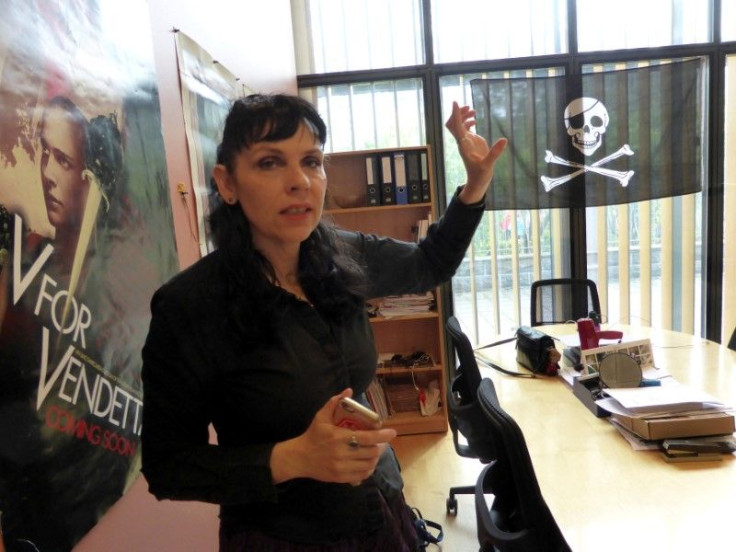Iceland Election 2016: Guide To The Pirate Party And Other Contenders, Key Issues, When To Expect Results

While Donald Trump may be trailing in the polls heading into next month’s presidential election, a group of very different political mavericks could well sweep into power in Iceland on Saturday. The Pirate Party, which started just four years ago with a call to end perceived political corruption in the wake of the 2008 economic crash, is battling for the lead in the polls and has a strong chance of forming a government after Iceland’s parliamentary elections.
Why are the elections being held now? The popularity of the Pirate Party has been boosted by the 2008 economic crash, which ruined the Icelandic economy and led to a controversial $4.6 billion bank bailout, as well as by the release of the Panama Papers earlier this year. In the leaked documents, Iceland’s then Prime Minister Sigmundur Davíð Gunnlaugsson and his wife Anna Sigurlaug Pálsdóttir were found to have set up an offshore company in the British Virgin Islands, an international tax haven. While not illegal, it caused huge demonstrations in capital Reykjavik and forced Gunnlaugsson’s resignation in April. The center-right ruling coalition replaced him with Sigurður Ingi Jóhannsson, a fellow member of the Progressive Party, but also called early elections. And now Iceland’s established parties could pay a large price for the scandals
Who is the Pirate Party? The party’s leader Birgitta Jónsdóttir, a 49-year old who describes herself a “poetician,” is a former collaborator with WikiLeaks. Jónsdóttir, who insists she has no ambition to be prime minister, has said she wants to be the “Robin Hood of power” and is in favor of direct democracy, full government transparency, decriminalizing drugs,as well as offering asylum to whistleblowers, including Edward Snowden.
"To be a Pirate means to allow for the 21st century to enter the legal framework all citizens depend on,” Oktavía Jónsdóttir, who is running for the second seat of the South Constituency, told International Business Times earlier this week. “Our electoral success means the Icelandic people want change and trust the Pirates to lead by ethical example without corruption."
Which other parties are involved? The current coalition of the Progressive Party and the Independence Party has dominated Icelandic politics for much of the country’s independent history. In the last parliamentary elections in 2013, the Independence Party received the most votes, with 26 percent, while the Progressive Party garnered 24 percent, taking 19 seats each in the country’s 63-member parliament. Latest opinion polls show the Pirate Party vying for the lead with the Independence Party. But there will be far more than just those three parties competing for votes. There is also the Left-Green Party, the centrist Bright Future and the center-left Social Democratic Alliance.
How does the process work? In order to form a coalition, parties will need to band together to garner at least 50 percent of the vote. The Pirate Party has already declared that it will not go into coalition with either of the current ruling parties, but has stated its willingness to form a government with the three other parties. With the Pirate Party currently polling at 21 percent and the Left-Green party on 19 percent, they would be just 10 points away from a majority.
When will the results be known? Polls open at 9 a.m. local time on Saturday, which is 5 a.m. EDT, with most polling stations closing at 10 p.m. (6 p.m. EDT). Results should start coming in soon after.
© Copyright IBTimes 2024. All rights reserved.











